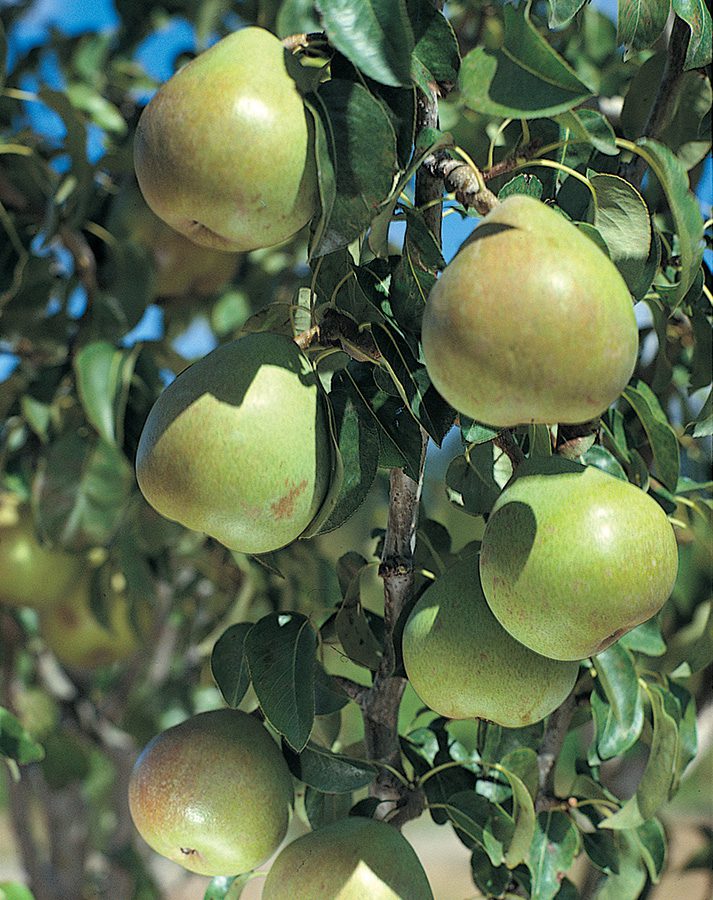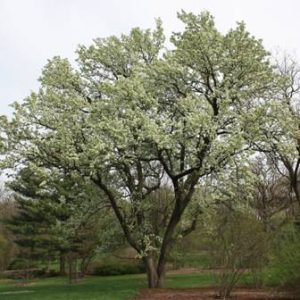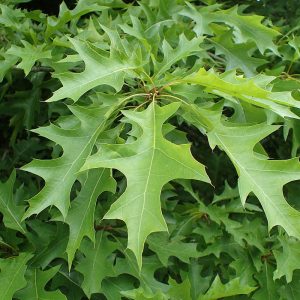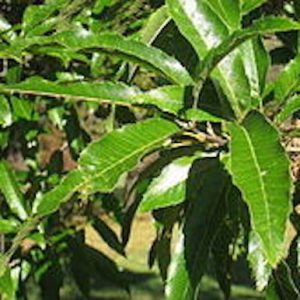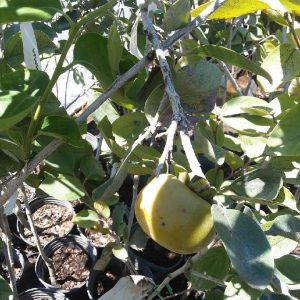$24.00
Known as America’s favorite pear, the Bartlett variety actually came from Europe. It functions as the standard by which all other pears are measured and is a favorite for fresh eating, canning, and preserves. The Bartlett pear is easy to grow and will reward its owner with beautiful blossoms in the spring, large and luscious fruit in late summer, and a continuous crop for as much as 100 years.
Produces large, yellow fruit with a smooth and juicy white flesh in late August or early September — ideal for eating, canning and preserves
Blooms just before the leaves appear in the spring, with showy white flowers

